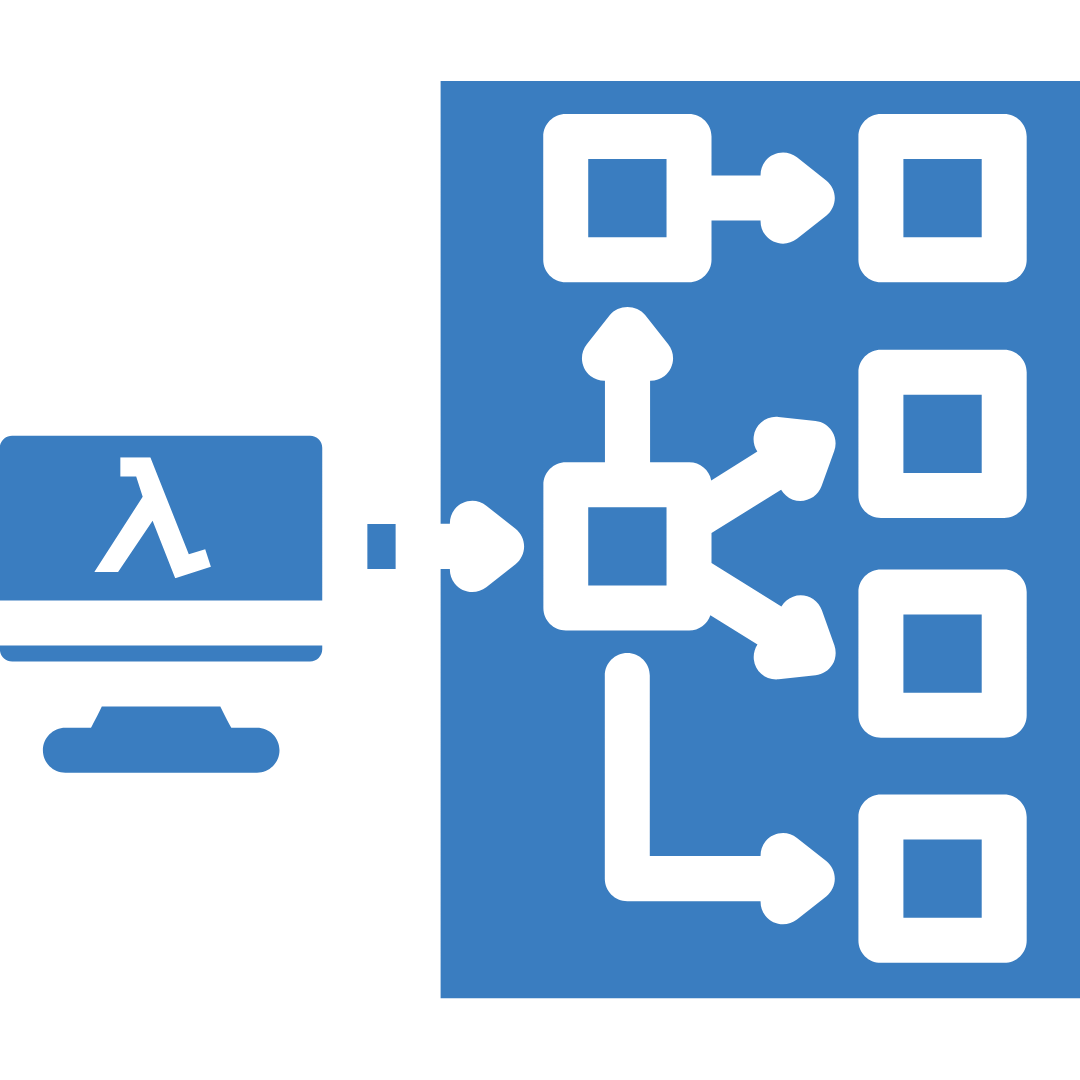Serverless: Redefining DevOps for Tomorrow

“Efficiency” and “scalability” – two important elements in tech. Without being efficient and scalable, an invention won't quite make an impression. It’s for this very reason that “Serverless Technology” has worked wonders. “Serverless” is an innovation that has transformed how organizations manage their infrastructure.
If you're unfamiliar with the term, serverless refers to the use of cloud services provided by platforms like AWS, GCP, and Azure to run applications without the need for managing physical servers. With AWS leading the charge, serverless computing is revolutionizing how applications are hosted, deployed, and maintained, and it’s a trend that's here to stay.
What Exactly is Serverless?

To understand a serverless framework, it's important to first recognize how traditional server-based infrastructure works. When running your own servers, you must purchase or rent physical hardware, ensure continuous connectivity, and manage software updates. This responsibility often falls on DevOps teams, which can be both time-consuming and expensive.
Serverless computing, on the other hand, eliminates this overhead. Instead of maintaining physical servers, developers can set up the necessary services and configurations within a cloud platform, and everything else is handled by the provider. Whether it's hosting apps, managing traffic, or setting up CI/CD pipelines, the cloud provider takes care of the heavy lifting. This allows businesses to focus on writing code and delivering features, rather than dealing with infrastructure headaches.
Serverless: A Game Changer for DevOps

One of the key takeaways from my observations is the increasing trust that serverless technology has earned within the DevOps community. There have been misconceptions in the past—some argue that serverless can lead to high costs, but when used correctly, it can actually be cost-efficient. In fact, many discussions in the cloud ecosystem today revolve around how to leverage serverless in the right way. For example, AWS Lambda, a popular serverless compute service, charges only for the computing time consumed, making it ideal for businesses aiming to optimize costs.
What really surprised me was the focus on correct usage. When used properly, serverless can significantly reduce expenses while streamlining operations. If deployed inefficiently, however, serverless can incur avoidable costs. The key is to understand how to align workloads with serverless services, and this knowledge is becoming more widespread among DevOps professionals.
Serverless and AI: Simplifying DevOps

In today’s landscape, AI is transforming how code is written, while serverless simplifies infrastructure management. The combination of these technologies is revolutionizing the entire development lifecycle. The need for maintaining physical server infrastructure—previously a major responsibility of DevOps teams—is now largely mitigated through the use of serverless.
Another important point: code is often seen as a liability because it needs constant maintenance—updates, version control, and bug fixes. Serverless can minimize this liability by reducing the amount of code you need to write and maintain. For example, using AWS Lambda for small, stateless functions combined with API Gateway and DynamoDB eliminates the need for large codebases.
One practical example: instead of using Lambda functions to handle both transport and transformation tasks, developers should focus only on the transformation aspect and use direct integrations wherever possible. This approach minimizes the codebase and maintenance needs, leading to more sustainable infrastructure.
Cutting-edge Serverless Solutions

Serverless technology isn't just about reduced maintenance—it's driving innovation. For example, a company called APPCD showcased a fascinating open-source tool that generates cloud infrastructure code simply by analyzing application code. Imagine spending years learning tools like AWS CDK or Terraform, only to have this tool automatically generate cloud infrastructure with drag-and-drop simplicity. This level of innovation speaks to how serverless is democratizing cloud infrastructure management, making it accessible even to those without extensive DevOps knowledge.
Another noteworthy company, Globalization Partners (GP), demonstrated its serverless-first approach to global hiring. Their global hiring product allows companies to start hiring worldwide through a Slack interface, further showcasing the power of serverless to integrate with everyday tools and scale effortlessly. As GP’s Senior Architect mentioned, their entire infrastructure runs on AWS, highlighting how major enterprises are trusting serverless to handle mission-critical tasks.
The Evolution of Serverless: From Lambda to Beyond

The concept of a serverless framework isn’t entirely new, but its growth has been exponential. AWS Lambda, introduced in 2014, was a game-changer for computing services. Meanwhile, S3, one of AWS's earliest services, had already brought serverless file storage to the forefront. Fast forward to today, and serverless is essential for businesses aiming to maximize efficiency, reduce maintenance overhead, and optimize costs.
However, like any technology, serverless has its complexities. While it reduces the management burden, the learning curve can be steep for those unfamiliar with the architecture. Yet, as AWS serverless continues to mature, more best practices and tools are emerging to help businesses make the transition smoothly.
Why Serverless is a Must for Modern Businesses

In today’s fast-paced environment, businesses need to be agile, and serverless technology offers a clear path to greater agility. Here are a few reasons why AWS serverless should be at the top of any organization’s infrastructure strategy:
- Management Overhead: Serverless AWS takes care of server management for you, so your team can focus on building and deploying applications.
- Cost Efficiency: Pricing is typically based on usage, which means you're only charged for what you actually use, not for idle resources.
- Scalability: Serverless platforms can automatically scale to handle increased workloads without manual intervention.
- Reduced Onboarding Time: With serverless, developers don’t need to spend weeks learning the ins and outs of server management, allowing for quicker onboarding and faster development cycles.
- Global Reach: Serverless services can scale globally, ensuring low-latency performance for users across the world.
Conclusion
In a world where efficiency and scalability are crucial, serverless is becoming a cornerstone for modern businesses. While it may seem complex at first, when implemented correctly, it can offer significant advantages in terms of cost, maintenance, and overall infrastructure management. As businesses continue to adopt AWS serverless, it's clear that this technology isn’t just a trend—it’s a must for staying competitive in today’s digital world. To know more about serverless AWS operations and services, get in touch with our experts!

FRIDAY FUN ACTIVITY : A MUST AT EVERY WORKPLACE

Welcome Back!!!


